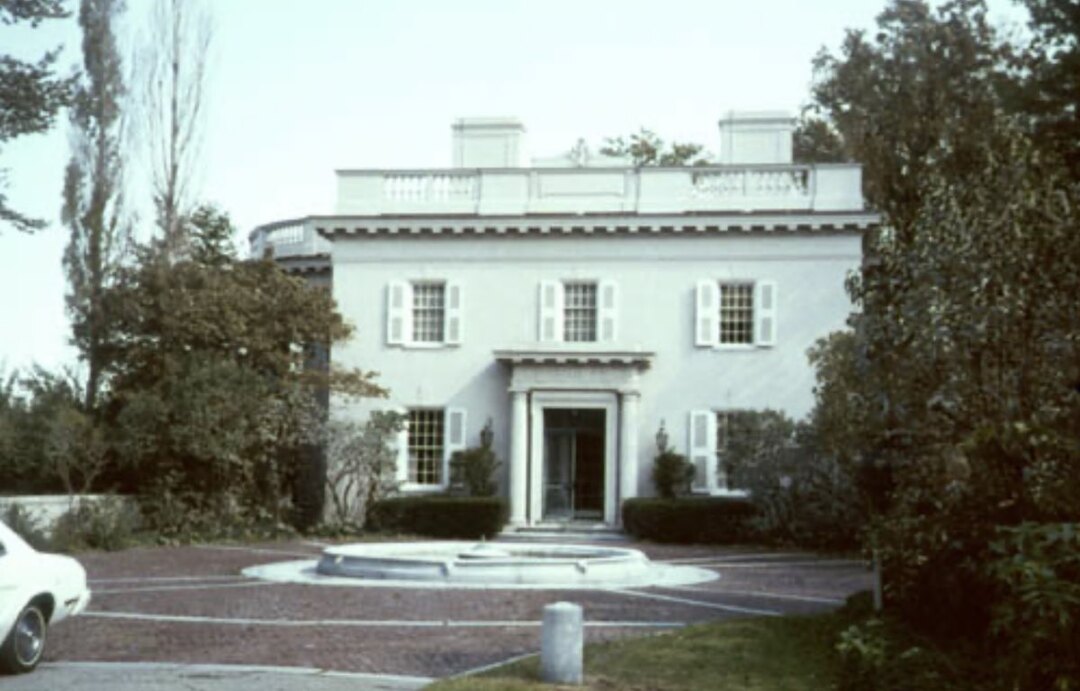
Sheltered in the quiet of Bratenahl Village, the Gwinn Mansion sits on the shoreline overlooking Lake Erie. It was home for William Gwinn Mather, the "first citizen" of Cleveland and one of the many wealthy industrialists who inhabited Bratenahl at the turn of the twentieth century. One million dollars went into the construction of his mansion in 1908. The Italianate villa, whose portico was inspired by the south facade of the White House, is considered to be one of the finest of architect Charles A. Platt's works. The gardens at Gwinn, whose cost equaled that of the mansion, became as famed as the house they surrounded.
William G. Mather lived alone at his estate until he married his widowed neighbor, Elizabeth Ring Ireland, in 1929. Mr. Mather had made millions from Cleveland-Cliffs Iron Company, the business he inherited from his father and expanded. But these millions did not just build his estate. Along with being a prominent industrialist in Cleveland, Mather was also known as a philanthropist. He was the president of the Cleveland Museum of Art for many years and donated many pieces to its collection.
Mrs. Mather was devoted to civic involvement in Cleveland, a commitment that seemed to grow after her marriage to one of the city's most prominent leaders. Her love for gardening led her to start the Garden Center of Greater Cleveland (now Cleveland Botanical Garden) and underwrite a master plan to redesign University Circle, the city's cultural commons. Through both of these endeavors she was able to help beautify the city of Cleveland. Besides serving as President of the Garden Center and hosting fundraising events at Gwinn, Mrs. Mather devoted time to the Red Cross. She even gave her talents to city government when she became the first female foreman of the grand jury in Cuyahoga County.
Mr. Mather died in 1951, and Mrs. Mather followed him just six years later in 1957. She left Cleveland-Cliffs stock to the University Circle Development Foundation in her will. She also instructed her son to make Gwinn into a community center. For a few years after her death, Gwinn continued to be used by civic groups for fundraisers and meetings for free. Today the estate is privately owned and not open to the public. In this and other ways, Gwinn embodied much of the character of both Mr. and Mrs. William G. Mather: millionaires, civic leaders, and socialites. It was the home and sanctuary for a couple who devoted themselves to their city.
Images








